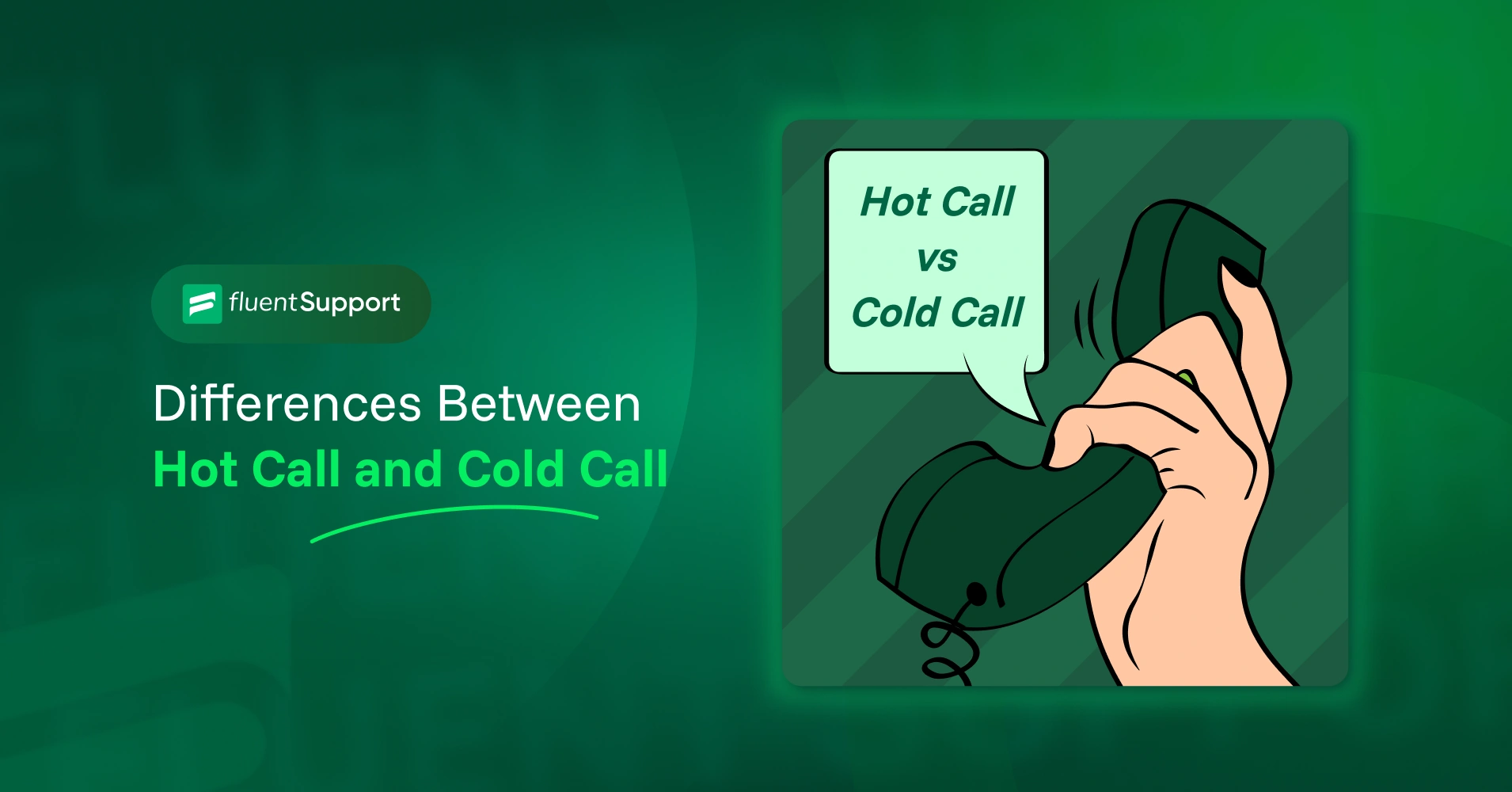
What is the difference between a hot call and a cold call?
By Md. Sajid Sadman
July 24, 2025
Last Modified: August 4, 2025
Imagine this: Your phone rings. It’s an unknown number. You answer. After a quick “hello,” someone you don’t know starts to tell you about their business. And that’s a surprise. That’s one kind of call.
Now, picture this: You’ve just clicked “Get a Demo” on a website. Moments later, your phone rings. It’s the company. This call feels totally different, right?
If you work in sales, you know these two moments. We call them “hot calls” and “cold calls.” But what makes them so different? And why should you talk to people in special ways for each one?
It is very important to know about hot calls and cold calls. It helps you talk to possible customers at the right time. It helps you use the best words. Many salespeople make mistakes. They speak to all callers the same way. This leads to missed chances. It wastes their time.
Hot calls and cold calls are for different steps in finding a customer. They need special ways of talking. This guide will explain these two key sales ways
We will look closely at what makes a hot call different from a cold call. We will learn when to use each one. We will also learn how to get the best results.
By the end, you will know how to talk to customers perfectly. You will have the right message. This will help you get more customers. You will also build stronger connections.
Okay, enough intro. Let’s move on to the main points.
Hot call vs cold call: quick comparison
Before diving into the detailed breakdown, let’s take a quick look at the essential differences between a cold call and a hot call. The comparison table gives you a snapshot of their defining traits and sets the foundation for understanding why each requires its own unique strategy.
Feature | Hot call | Cold call |
Lead awareness | Aware of your brand, often engaged | Unaware of your brand, unsolicited outreach |
Intent level | High (actively seeking solutions/info) | Low (no prior interest shown) |
Personalization | Highly tailored to recent actions | Scripted or semi-personalized, broad |
Success rate | Significantly higher | Lower, but essential for pipeline building |
Sales goal | Qualify, present solution, close deal | Create interest, open door for future engagement |
Common triggers | Demo requests, signups, content downloads | Purchased lists, scraped contacts, public data |
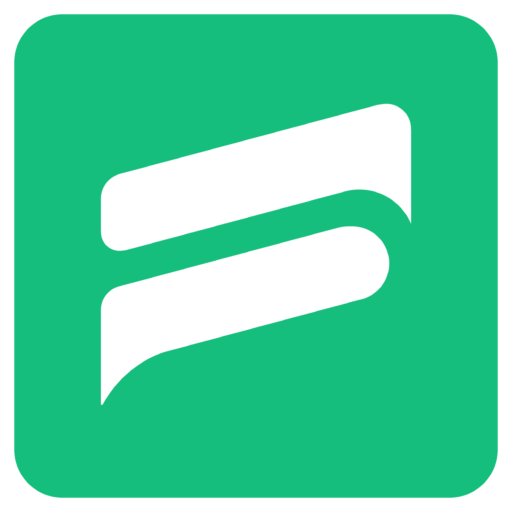
What is a hot call?
A hot call is when you reach out to a lead who has already shown clear interest in your business, product, or service. They’re expecting to hear from you, or they’ve taken an action that signals they’re ready to talk. This kind of lead is often called an “inbound lead.”
Think of it like responding to an invitation. The person has raised their hand and said, “Yes, I’m open to this conversation.” That puts you in the role of a helpful advisor, not someone interrupting their day.
Main characteristics of a hot call:
Examples of hot calling triggers:
The “heat” of a lead is often determined by the recency and intensity of their actions:

What is a cold call?
A cold call is your classic outbound sales move. When a salesperson reaches out to someone who’s never interacted with the company before, hasn’t shown any interest in its products or services, and isn’t expecting the call.
It’s the ultimate “start-from-scratch” kind of sale. You’re initiating a conversation with someone who has no idea who you are.
Think of it as approaching someone at the door to introduce yourself and what your business is. You don’t know if they’re interested in what you’re offering or if they’re even in the right mindset to talk at all. It isn’t making the sale at that time. It’s creating enough interest to keep the conversation going and hopefully set up a follow-up or meeting.
Key characteristics of a cold call:
Examples of cold calling scenarios:

Know the difference between a hot call and a cold call? (7 key points)
The key to truly mastering your sales approach lies in understanding one crucial concept: the difference between a hot call and a cold call. This understanding deeply impacts your message and results. This section is the heart of our guide.
We’ll break down what makes these sales calls unique, why that matters, and how each difference shapes your sales strategy.
Let’s dive into the seven essential distinctions every sales professional should know and use.
1. Lead source: inbound vs. outbound
The biggest difference between a hot call and a cold call starts with how the lead found you in the first place. That first interaction shapes everything that follows.
Hot calls
These come from inbound leads. That means the person on the other end already took action to show interest in what you offer. Maybe they filled out a demo request, signed up for a free trial, downloaded a whitepaper, or interacted with your chatbot. In short, they reached out first. You’re responding to a signal that says, “I’m curious, tell me more.”
Strategic implication for hot calls:
Because the lead came to you, your follow-up should be quick and highly relevant to whatever triggered their interest. They’re waiting to hear from you, which lowers barriers right from the start.

Cold calls
These are all about outbound effort. You’re reaching out to someone who hasn’t shown any interest or interacted with your business before. You’re the one making the first move. Cold leads often come from prospect lists, public databases, or people you’ve identified on platforms like LinkedIn.
Strategic implication for cold calls:
Since the person didn’t ask to hear from you, you need to be ready for some resistance. Your opening line matters a lot. It should quickly connect with something relevant to them and give them a reason to keep listening.
2. Buyer awareness: familiar vs. unaware
How much a prospect knows about your brand or even the problem you solve shapes the entire conversation.
Hot calls
Prospects receiving a hot call are usually already familiar with your company, your offerings, or the specific challenge your product addresses. They’ve likely visited your site, consumed some content, or interacted with your marketing. They’ve done some homework, and they know who you are.
Strategic implications for hot calls
You don’t have to waste time on introductions. Instead, you can jump straight into understanding their unique needs and showing how your solution fits. This sets the stage for a more consultative and focused conversation.

Cold calls
In a cold call, the prospect often doesn’t know your brand. They might not be aware of your product or even realize they’re facing a problem you can solve. You’re starting with a clean slate.
Strategic implications for cold calls
You need to explain your value clearly and quickly. The first few seconds are critical. Your message should educate, grab attention, and create just enough curiosity to make them want to hear more.
3. Personalization level: deeply tailored vs. light touch
The level of personalization you can apply to a call depends entirely on how much information you already have about the lead.
Hot calls
Hot calls allow for high-level personalization. With tools like your CRM or sales engagement platform, you can see exactly what the lead has done. This might include pages they visited, content they downloaded, forms they submitted, or emails they opened. With this kind of context, you can craft your introduction, questions, and value statement in a way that directly reflects their actions and interests.
Strategic implications for hot calls
Make full use of the data available. Open the conversation by referring to something specific they did, such as “I noticed you downloaded our whitepaper on topic X.” This shows the lead that you are prepared and respectful of their time, which helps build trust early.

Cold calls
Personalization is more limited during cold calls. You typically rely on public information, such as the person’s role, company background, or recent news. The goal is to keep things general but still relevant to their business challenges. You are looking to spark enough interest to continue the conversation.
Strategic implications for cold calls
Use simple, thoughtful personalization to make the call feel less random. For example, “I saw your company recently entered market X. A lot of businesses in that space are facing challenge Y.” Keep your message broad and avoid assumptions. If your research is off, overpersonalizing can hurt your credibility.
4. Objection handling: specific concerns vs. general resistance
The type of objections you face during a call depends on how familiar and interested the lead already is.
Hot calls
Objections during hot calls are usually few and very specific. These prospects already believe in the core value of what you offer. Their concerns are more about the details, such as pricing, how your solution integrates with their current systems, timelines for implementation, or how you compare to a competitor. Your role is to guide them through these final questions by offering clear, confident answers.
Strategic implications for hot calls
Come prepared with solid, well-thought-out answers to the most common product, pricing, or integration questions. These calls are about problem-solving and positioning your solution as the right fit. Keep your tone helpful and consultative.

Cold calls
Objections here are more frequent and broader in nature. You might hear things like “Not interested,” “No time,” “Just send me an email,” or “We’re already happy with our current provider.” These responses usually come from someone who was not expecting the call and may not see its relevance right away. You are facing resistance to the interruption itself, not necessarily your product.
Strategic implications for cold calls
Create a set of short, respectful responses you can use when you hear common objections. Show empathy, but don’t walk away too quickly. The goal is to acknowledge their concern without treating it as a hard stop. Offer a reason to continue the conversation, even briefly, by bringing the focus back to the value you can provide.
5. Time to close: short sales cycle vs. longer nurturing
How quickly a lead moves from the first call to a closed deal often depends on how warm the lead is when you first connect.
Hot calls
Leads that come through hot calls tend to move faster. They have already shown interest and are usually looking for a solution. They have taken meaningful steps to learn more, which means they are often ready to move forward. Because of this momentum, you can guide them through the sales process much more efficiently.
Strategic implications for hot calls
Respond quickly and keep the conversation moving. Outline clear next steps and help the prospect take action without delays. The faster you can provide value and answers, the more likely they are to commit.

Cold calls
With cold calls, you are often starting from zero. These leads may not know much about your brand or even realize they have a problem you can solve. Building that awareness and trust takes time. You may need several interactions through different channels before they are ready to engage seriously.
Strategic implications for cold calls
Plan for the long game. Use a well-structured outreach strategy that includes calls, emails, and content sharing. Keep showing up with helpful insights so you gradually move the prospect closer to seeing the value in what you offer.
6. CRM data: rich behavior data vs. limited info
What you know about someone before you call them changes your whole talk.
Hot calls
With hot leads, you usually have a wealth of behavioral data at your fingertips. Your CRM or sales platform might show which web pages they’ve visited, what content they’ve downloaded, which emails they opened, what forms they submitted, and any past conversations they’ve had with your brand. This context is gold. It helps you tailor your call to their interests and needs, making the conversation feel more like a continuation than a cold start.
Strategic implications for hot calls
Always take a few minutes to review the lead’s recent activity before reaching out. Use that insight to shape your questions and show the prospect that you’re informed, prepared, and focused on helping them.

Cold calls
Cold leads come with little to no background. You might have their name, company, and job title, but that’s about it. You’re starting from scratch, so much of what you learn has to come from the conversation itself. That means you’ll need to guide the call carefully to uncover whether there’s a real opportunity.
Strategic implications for cold calls
Do some quick research on their role and industry so you can reference common challenges. Build your script with smart, open-ended questions that help reveal whether there’s a need or fit, without sounding like an interrogation.
7. Follow-up style: fast momentum vs. nurturing
How you follow up after the first call depends a lot on how that initial conversation came about.
Hot calls
When a lead is hot, timing is everything. They just filled out a form, signed up for a trial, or downloaded a resource, and they’re expecting to hear from you soon. Your follow-up should come quickly, ideally within a few hours, and it should directly reference what they did. These prospects are already engaged, so your job is to keep that momentum going and guide them to the next step.
Strategic implications for hot calls
Set up real-time notifications for lead activity so you can respond right away. Use follow-up templates that can be quickly customized to match the lead’s specific interest, and always make sure your message is timely and relevant.

Cold calls
Cold leads need a different kind of attention. Since they weren’t expecting your first call, it often takes multiple touchpoints to build trust and interest. That means your follow-up should be part of a long-term nurturing strategy using a mix of channels like emails, LinkedIn messages, phone calls, and useful content. The goal is to stay on their radar without being pushy.
Strategic implications for cold calls
Create a multi-step outreach plan that unfolds gradually. Offer helpful insights, share relevant resources, and check in periodically. Instead of trying to close the deal right away, focus on opening a conversation and moving things forward bit by bit.
Tools to help you manage hot and cold leads

When it comes to boosting your sales, the right tools are your best friends. They truly help you handle lots of hot and cold leads smoothly. These tools give you the facts you need, keep your tasks clear, and help you stay organized.
Let’s overview the essentials, we mean the tools!
Tool type | What it is & what it does | How it helps with cold calls | How it helps with hot calls | Examples |
CRM system | Stores all customer info; tracks lead status. | Keeps track of new contacts and activities. | Holds all detailed info to make talks personal. | HubSpot, Salesforce |
Sales prospecting tools | Finds new contact info (emails, phones) and company facts. | Helps build large lists for new outreach. | (Mainly for finding new leads) | ZoomInfo, Apollo.io |
Auto-dialers | Calls many numbers fast; skips voicemails. | Speeds up calling many new people quickly. | (Not typically used for personalized hot calls) | Aircall, PhoneBurner |
Sales Engagement Platforms (SEPs) | Manages multi-step outreach (calls, emails, LinkedIn). | Helps send many cold messages; tracks if they open. | Automates quick follow-ups; provides call guides. | Salesloft, Outreach.io |
Conversation tools | Records, transcribes, and analyzes sales calls. | (Mainly for training and improving future calls) | Analyzes calls to find needs; helps sales managers coach. | Gong.io, Chorus.ai |
Website chatbots & live chat | Talks to website visitors in real-time. | (Not used for making outbound cold calls) | Flags interested visitors instantly for quick follow-up. | Drift, Intercom |

The psychology behind sales calls: hot vs. cold
When you make a sales call, it’s about more than just your words. It’s also about how people feel. This is true for both you and the person you call.
Knowing how people think for hot and cold calls is very important. It helps you talk better. It helps you sell more. The way someone thinks changes a lot based on whether they expect your call or not.
The psychology behind cold calling:
Think about cold calls. You often catch people busy. They might be in a meeting. Or deep in their work. So, your call comes as a surprise, like a gentle knock.
Because of this, getting their attention nicely is key. Your first few words must show you’re not a bother. You need to quickly show that you respect their time.
Your goal is to quickly share clear value. You need to make a quick connection. Be ready for their fast ‘no’! It often comes from being surprised, not because they dislike your offer.
People might feel a bit cautious. Or they might not trust you right away. Your job is to gently change that feeling. You want to make them curious. You want them to open up and be ready to listen.
You earn the right to keep talking. You do this by sharing quick, clear value that makes them want to keep talking.

The psychology behind hot calling:
Hot calls are much easier to talk on. The person you call has already done some work. They spent time looking. They showed clear interest in what they sell.
Their mind are already on finding a solution. Your job changes. You’re not stopping them. You’re there to help and guide them.
They want advice and answers for their problem. Show them how your product really fits. Build on the good interest they already have.
Use what they did before to keep the talk moving smoothly forward. Make them feel good about their choice to call you. Your role is to be the helpful expert they wanted.
Wrapping up
You’ve come a long way!
We started by breaking down the core idea of hot and cold calls. Then, we dug deep into seven key differences between hot calls and cold calls. We looked at when to use each call and why. We even explored the thinking behind these calls. You now know the right tools to help you sell better.
The main idea is simple: Not all sales calls are the same. Recognizing this and changing how you talk is vital. It’s not just about making more sales. It’s about building real, strong ties with people.
By using the right words for each type of call, you can:
Remember, every call is a chance to help, learn, and connect. By using the right strategy, you are ready to make every sales talk count.
Lastly, thanks for your time reading this blog.
Start off with a powerful ticketing system that delivers smooth collaboration right out of the box.






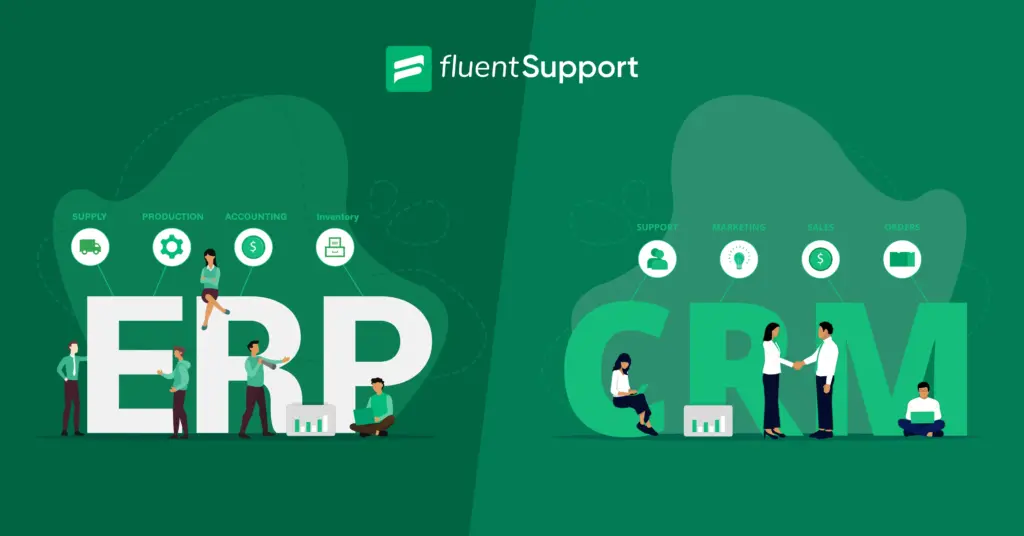
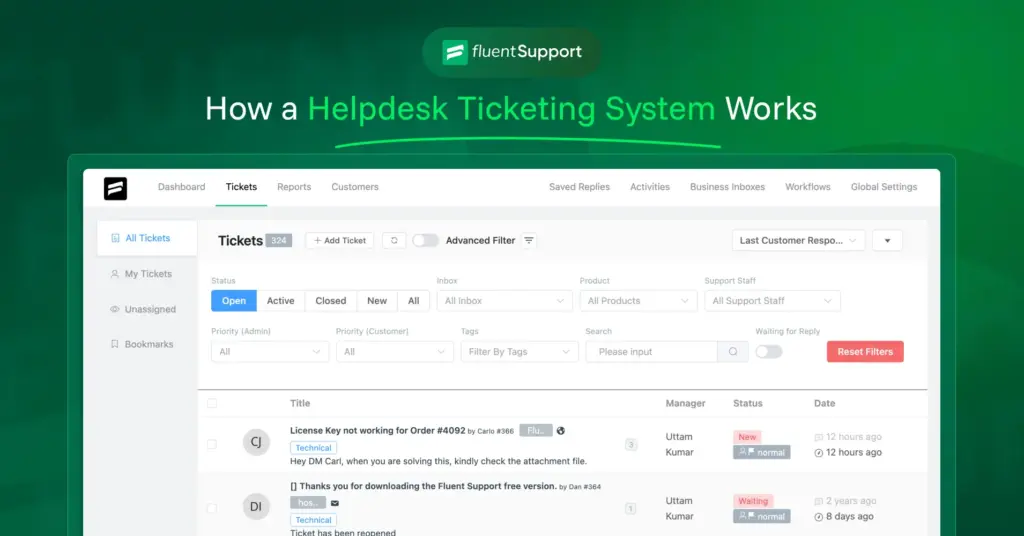
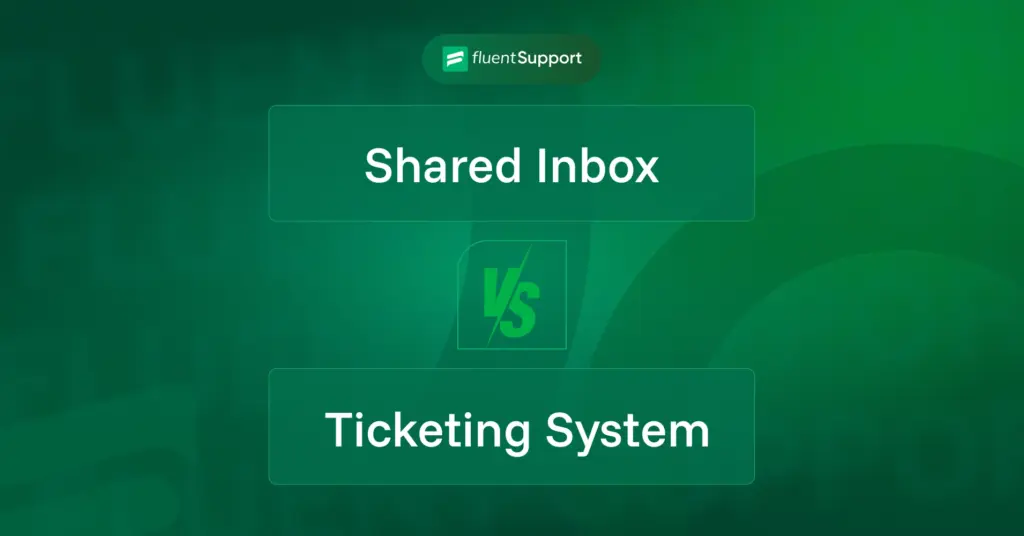
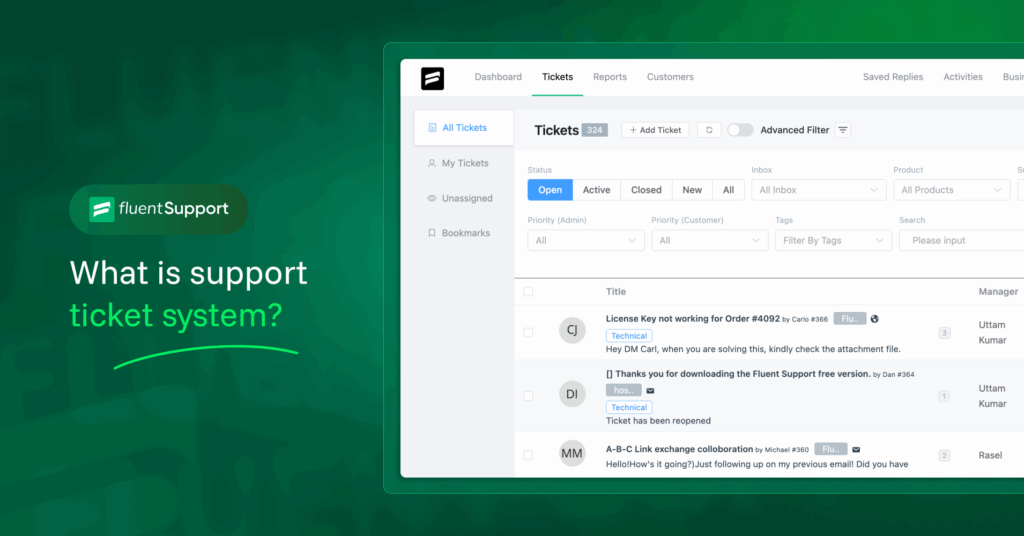
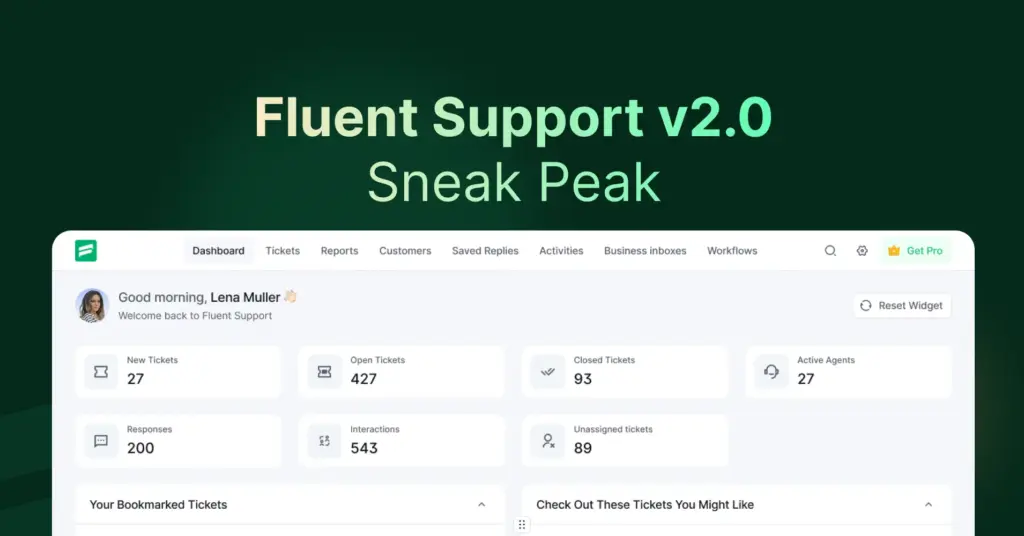
Leave a Reply